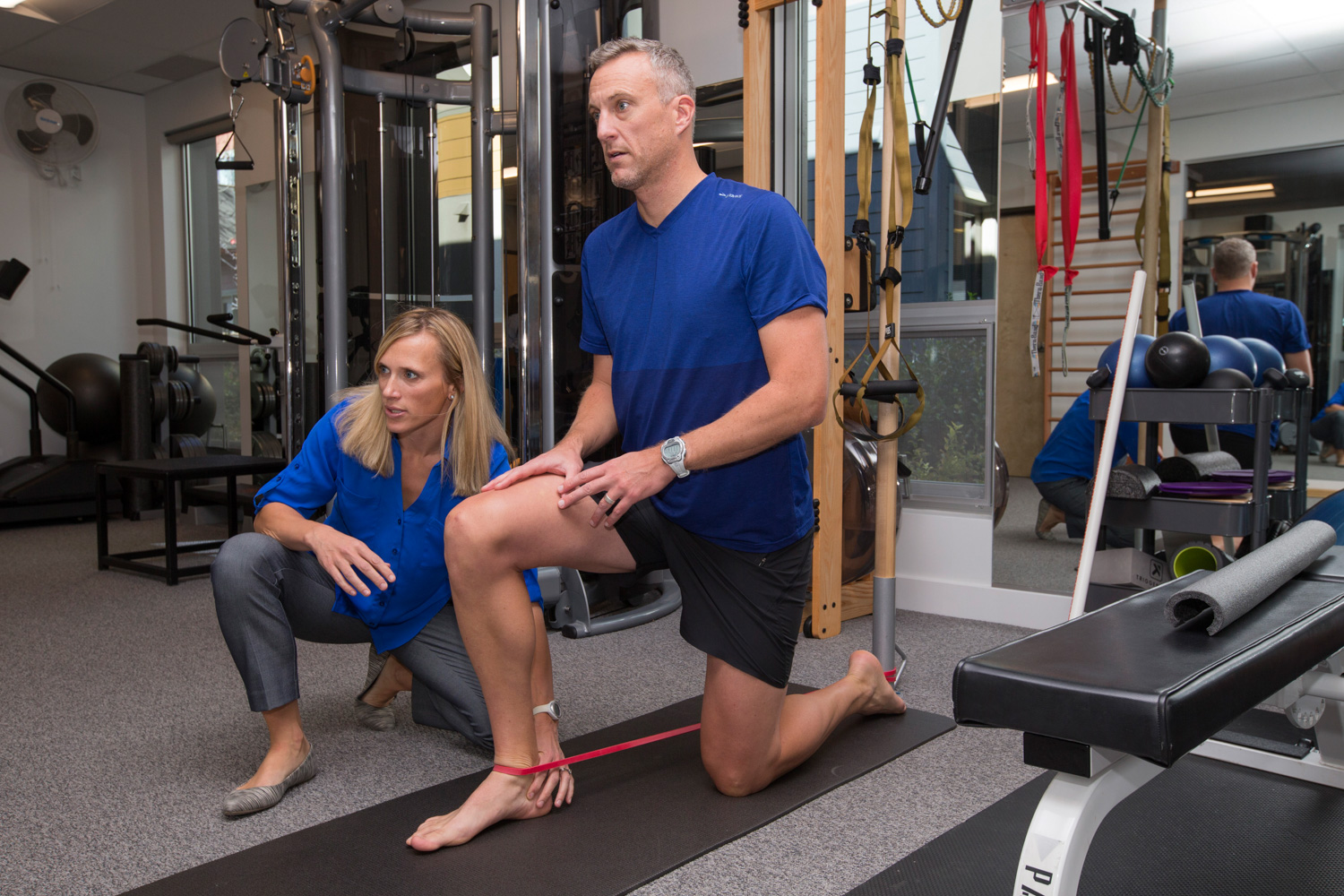Lower extremity stiffness (“leg stiffness”) describes the resistance the joints and muscles in your lower body will have to movement when your foot contacts the ground during running. Think of your leg as a spring; the more tightly coiled spring will be stiffer, the more loosely coiled will be more deformable. A stiffer leg is associated with less joint movement (less mobility) and increased loads to bones and cartilage whereas a less stiff leg is associated with increased joint motion/mobility and relies more heavily on active muscle contraction to dissipate forces when your foot hits the ground.
Leg stiffness may be one of many variables that contribute to running related injuries. A recent study of 92 runners {Goodwin:2019bk} identified 4 variables that may allow us to more easily predict leg stiffness with clinical measures versus technical laboratory analysis. Less mobility in the ankle joint, hip and big toe joint along with increased BMI are associated with greater leg stiffness. What is the clinical significance of this for our Boulder runners? For runners suffering from knee pain or stress fractures, reducing leg stiffness by improving the mobility of hip, ankle and foot may reduce joint loading. Conversely, in runners with soft tissue injuries such as Achilles or tibialis posterior tendinopathy, increasing leg stiffness with targeted strengthening exercises to improved stability and control of the joints of the lower extremity may be an important component of rehabilitation.

